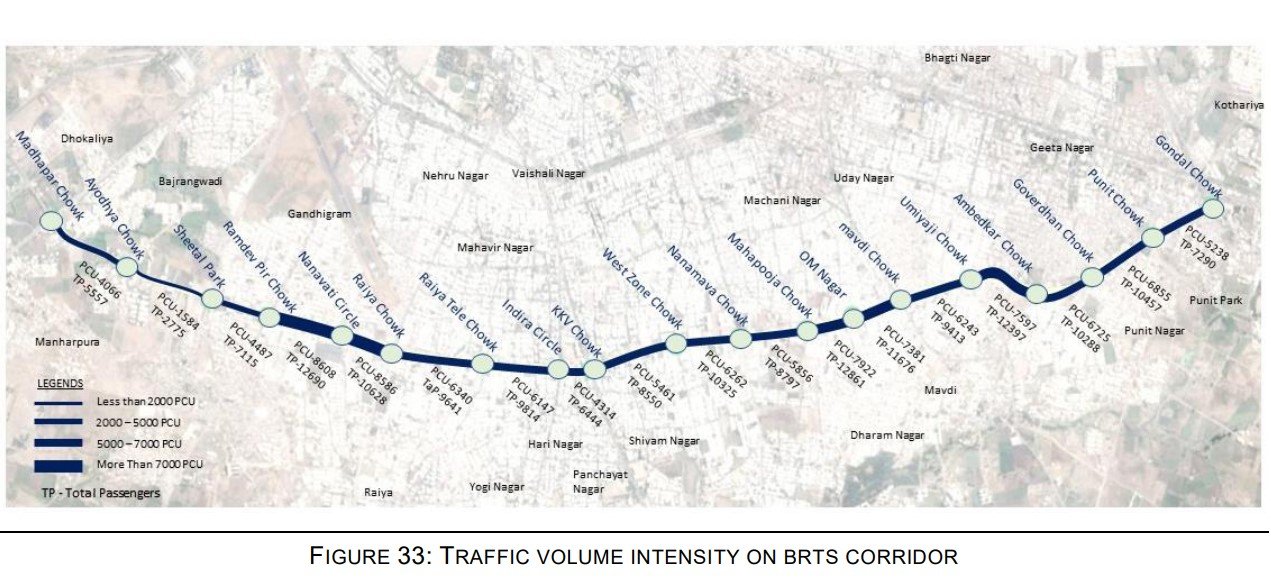ICLEI South Asia
Feeder Network Planning for Rajkot BRTS
The project involves development of technical study of the existing BRT corridor in Rajkot for the first and last mile connectivity, undertaking pre-feasibility study of potential electrification of this corridor and to suggest improvements in the existing BRT system to help reaching out to larger population based on current and future demand assessment. This study has been undertaken as a part of the global CAPACITIES project. The CAPACITIES project aims at strengthening the capacities of Indian cities to identify, plan and implement measures for achieving lower greenhouse gas emissions growth path and enhancing resilience to climate change in an integrated manner.
As a part of this study, last mile and BRTS connectivity improvement with different modes (existing and envisaged), including safe pedestrian and non-motorized access to the current BRTS corridor, was proposed. Delineation of influence area and identification of zones (including demarcation of zonal boundaries) over which ridership enhancement measures are to be achieved, was undertaken. Origin-destination, trip characteristic and commuter data was collected at all intersection along the corridor through primary surveys for all travel mode users. Secondary data included ticketing as well barding and alighting data from all Rajkot City Bus Services bus stops. Additionally, interview-based survey of commuters was conducted at the BRTS stations. Six last mile connectivity modes such as E-rickshaw /Auto rickshaws as well as NMT modes that need promoted were identified. A network plan was developed for introducing these as the feeder modes for BRTS. This plan included estimations of demand for each of the modes in different scenarios and over different time periods in the future (short, medium and long term). The scenarios accounted for city development and expansion plans, and also integrated with the Rajkot Smart City Plan. Additionally, an electrification plan was proposed for BRTS buses.





